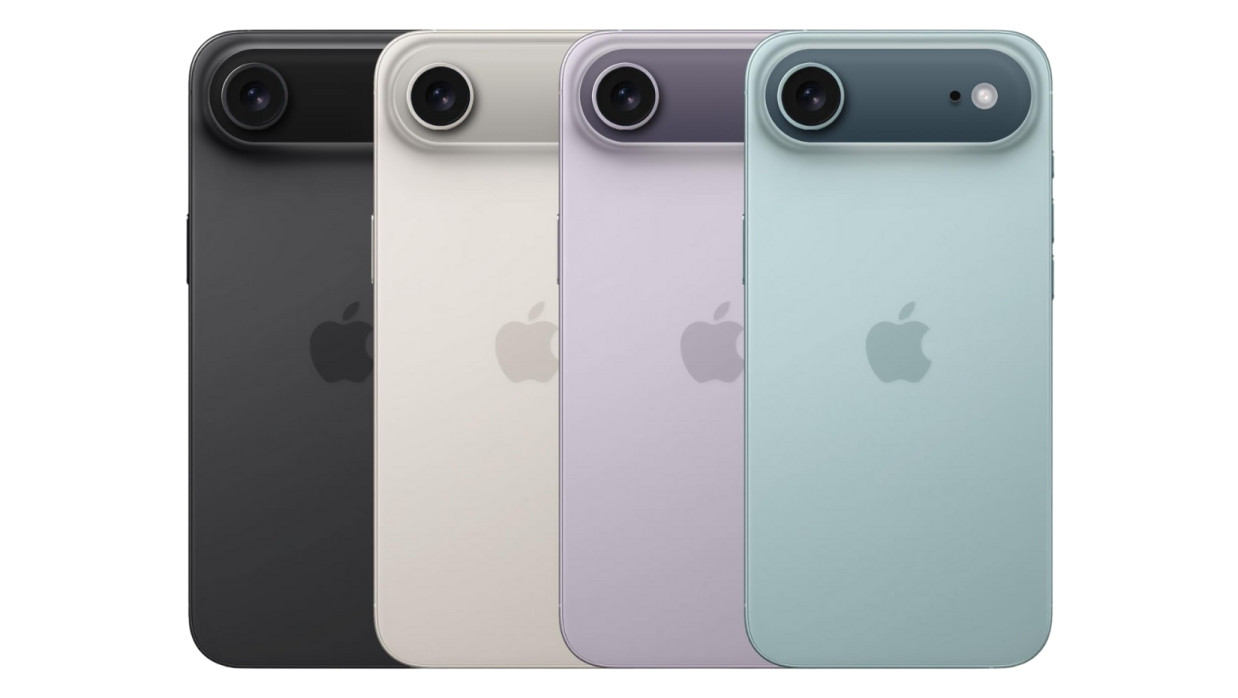
iPhone 17 Air: A Glimpse into Apple’s Ultra-Thin Future
- ২৮ জুন ২০২৫, ০২:১০

Apple’s iPhone lineup has always been a benchmark for innovation, and the upcoming iPhone 17 series is generating significant buzz in Bangladesh and beyond. Among the most anticipated models is the iPhone 17 Air, rumored to be Apple’s thinnest smartphone ever. Based on recent mock-ups and leaks from China, the iPhone 17 Air promises a futuristic design that could redefine how we perceive smartphones. This article explores the design, potential features, and challenges of the iPhone 17 Air, offering Bangladeshi tech enthusiasts a closer look at what’s to come.
A Radically Thin Design
The iPhone 17 Air is expected to measure just 5.65mm at its thinnest point, making it significantly slimmer than the iPhone 17 Pro Max (8.75mm) and the standard iPhone 17 (7.96mm). Early mock-ups suggest a device that feels “futuristic” when held, with a chassis so thin it’s nearly the width of its side buttons. This ultra-slim profile, reminiscent of the first MacBook Air’s iconic reveal, could be a game-changer for Apple, where sleek design often drives consumer interest.
However, this thinness raises concerns about durability. Mock-ups indicate a titanium and aluminum chassis to ensure strength, but questions remain about whether the iPhone 17 Air can withstand daily wear, particularly in humid and dusty conditions. Tech reviewers warn against placing it in back pockets, recalling past “bendgate” controversies. Apple’s ability to balance thinness with durability will be critical to its success.
Key Features and Specifications
Based on leaks and posts on X, the iPhone 17 Air is expected to feature:
- Display: A 6.6-inch OLED display with 120Hz ProMotion for smoother scrolling and animations.
- Camera: A single 48MP rear camera with a Camera Control button, but no ultra-wide lens, and a 24MP front-facing camera.
- Performance: Powered by the A19 chip with 12GB of RAM, promising robust performance for gaming and multitasking.
- Connectivity: Apple’s power-efficient C1 modem, but no SIM tray, relying on eSIM globally. The USB-C port may be off-center due to the thin design.
- Price: Starting at approximately $899 in the USA, similar to the iPhone 16 Plus.
These specifications position the iPhone 17 Air as a mid-tier option, sitting between the standard iPhone 17 and the Pro models. For Bangladeshi consumers, the eSIM-only design could pose challenges in areas with limited carrier support, though major operators like Grameenphone and Banglalink are expanding eSIM compatibility.
Battery Life Concerns
The iPhone 17 Air’s ultra-thin design comes at a cost: battery life. Reports suggest only 60-70% of users may get a full day’s use on a single charge, compared to 80-90% for other iPhone models. Apple is reportedly addressing this with a high-density silicon-anode battery from TDK and a USB-C battery case to extend runtime. For Bangladeshi users, who often rely on smartphones for extended periods due to frequent power outages, this could be a significant drawback. The upcoming iOS 19 update, with AI-driven battery management, may help mitigate these concerns.
Market Impact in Bangladesh
The iPhone 17 Air’s sleek design is likely to appeal to Bangladesh’s growing urban tech-savvy population, particularly younger consumers who prioritize aesthetics. However, its premium price and potential battery limitations may deter budget-conscious buyers, especially when compared to alternatives like Samsung’s Galaxy S25 Edge, which boasts a 200MP camera and Snapdragon 8 Elite chip. Apple’s brand loyalty remains strong in Bangladesh, but the iPhone 17 Air will need to deliver on durability and performance to justify its cost.
Challenges and Expectations
The iPhone 17 Air’s success hinges on Apple’s ability to address two key challenges: durability and battery life. Bangladeshi consumers, accustomed to rugged conditions, will expect a device that can withstand daily use without bending or breaking. Additionally, the single-camera setup and lack of a secondary speaker may disappoint users who value photography and audio quality. Apple’s rumored price hike for the iPhone 17 series, driven by new features rather than tariffs, could also impact affordability in Bangladesh’s price-sensitive market.
What to Expect
The iPhone 17 Air represents Apple’s bold step toward redefining smartphone design, offering tech enthusiasts all over the world a glimpse of a thinner, futuristic device. Its 5.65mm profile, powerful A19 chip, and sleek aesthetics make it a compelling choice, but concerns about battery life and durability loom large. As Apple prepares for a September 2025 launch, tech enthusiasts all over the world should weigh the Air’s innovative design against its practical limitations.